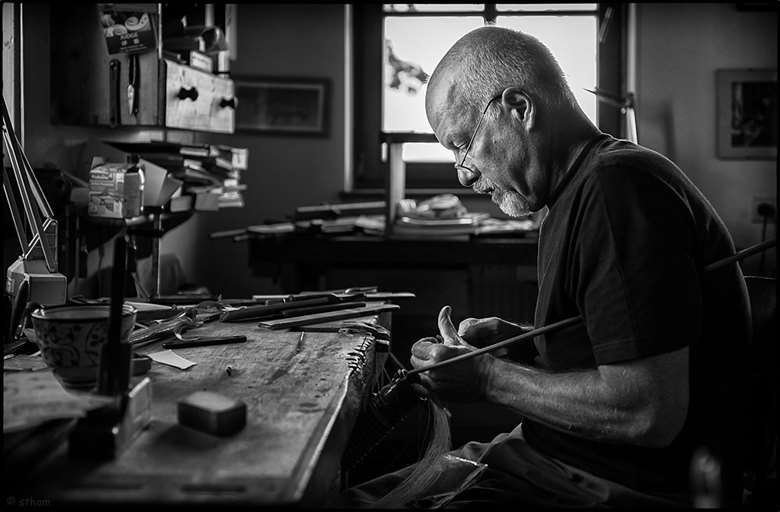Trees of Music: artists rally to protect pernambuco wood
Stephen Pritchard
Tuesday, March 30, 2021
Stephen Pritchard finds out more about a new campaign to save an endangered wood used to make bows


Register now to continue reading
Don’t miss out on our dedicated coverage of the classical music world. Register today to enjoy the following benefits:
- Unlimited access to news pages
- Free weekly email newsletter
- Free access to two subscriber-only articles per month